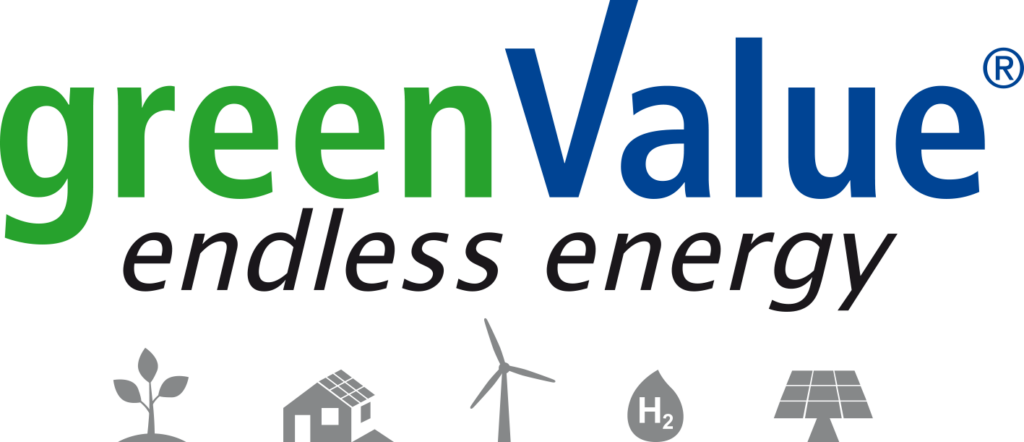greenValue GmbH (opm) – In the spirit of sustainability and returns – green investments for private investors
The transition to a sustainable energy supply is one of the key tasks of the 21st century. As soon as he was appointed, the new Federal Environment Minister Peter Altmaier is called upon to find solutions to the federal government’s goal of generating at least 80 percent of electricity from renewable energies by 2050. Today it is around 20 percent that is generated from sun, wind, etc. One of the biggest challenges is transporting electricity from offshore wind farms to consumers in large urban centers throughout Germany. The billion-dollar expansion of the power grid is urgently needed. What is currently controversial is how future solar funding should be designed. Following the planned sharp cuts in the remuneration of new photovoltaic projects, the mediation committee was called on May 11, 2012. If the Federal Environment Minister Röttgen, who has since been dismissed, and the Federal Economics Minister Rößler have their way, the tariff will be reduced, only 80 to 90 percent of the electricity produced will be remunerated and large projects will not be eligible for remuneration. Due to a lack of positive prospects and strong competition among module manufacturers, several companies have had to file for bankruptcy, including the former stock market star Q-Cells. First Solar, a manufacturer of thin-film modules, has announced the closure of its factory in Frankfurt / Oder.
Investments in renewable energy projects are very popular with investors. In addition to private investors, municipal utilities and insurance companies, for example, are investing capital. The photovoltaic system is the classic among homeowners with a suitable roof. And if you don’t have the opportunity to install it, you can invest in it, for example in a closed-end fund. According to the Association of Closed Funds e.V., 637 million euros of equity capital (fund volume 1.51 billion euros) was raised via energy funds last year. In its overall market study of investment models in 2012, Feri EuroRating Services AG states an invested equity of 730 million euros (fund volume 1.62 billion euros). Despite a 21 percent reduction in equity placement compared to the previous year, according to the Feri study, this is the second highest amount of equity invested since the placement figures were calculated in 1997. Incidentally, solar funds accounted for 66.5 percent of the total fund volume.
Anyone who wants to invest green has a wide range of options. Renewable energy funds finance photovoltaics, biogas, wind or hydropower projects. Other funds finance sustainable real estate, so-called green buildings, or invest in agricultural or forestry projects. The corporate investment offers are usually designed as closed funds or as fixed-interest securities.
greenValue GmbH, operator of the independent and neutral information portal of the same name, has determined that 84 green investments with a total investment volume of approximately 4.8 billion euros are currently being placed. Around 33 percent can be attributed to investments with a fixed-interest nature, 67 percent to closed-end funds. Within the closed green funds, the proportion of green buildings is noticeably high at almost 40 percent. Solar funds follow with 28 percent and water funds take up around 10 percent of the fund volume.
The terms of current investments differ significantly. While fixed-interest securities tend to have shorter terms of between two and nine years, closed-end funds have prospectuses with terms of between six and 20 years. The average payouts are between 6 – 10 percent per year, depending on the concept, plus the capital repayment.
Within the new energy funds, solar funds account for the largest fund volume. They usually invest in systems that have already been commissioned and have secured remuneration. Because of the planned changes to solar remuneration, there is uncertainty among project developers and initiators. The result: new projects are on hold and fewer new photovoltaic funds are coming onto the market.
But that doesn’t discourage initiators. They are looking for alternative investments and find them in the areas of wind and water. Wind funds usually finance several wind turbines. At German plant locations, the remuneration is usually based on the EEG, although the income can be further improved through direct marketing of the electricity. Water funds finance water treatment and supply systems, as well as projects that generate electricity from hydropower. The providers of hydropower funds find their investment properties abroad, for example in Turkey or France. Water treatment and supply systems are predominantly implemented globally.
The number of biogas funds remains at a low level. Only a few specialized providers are dedicated to this form of energy because, compared to wind and solar power plants, the challenges are much greater, especially in daily operation. The number of systems installed across Germany shows that this form of energy generation is well established. After all, over 7,100 biogas plants with 2,780 MW of installed capacity generated an impressive 17.5 billion kilowatt hours (kWh) of electricity and 16.5 billion kWh of heat in 2011. Other reasons for the low number of funds are that many systems are financed and operated by farmers; other projects are simply too small for fund companies.
Investors who prefer to invest their capital in real estate can make their contribution to sustainability with green buildings. The national certification systems differ in their criteria, with the DGNB certificate (German Society for Sustainable Building) being used most frequently in Germany. It evaluates the buildings according to ecological, social and economic factors. At least with regard to energy efficiency, every property – regardless of whether it is a new building or a renovated property – has the chance of being a green building.
In addition to investments in environmental and renewable energy funds, investors can also invest in individual projects or investments in the form of private placements. Photovoltaic systems on leased roofs or smaller systems for heat supply, for example, can be considered as single investments. Investors can find a current and independent overview of green investments at www.greenvalue.de.
greenValue GmbH
Wieseneckstraße 26
90571 Schwaig b. Nuremberg
Germany
Phone: +49 (0) 911 – 50 71 66 – 0
Fax: +49 (0) 911 – 50 71 66 – 29
E-Mail: info@greenvalue.de
Web: www.greenvalue.de
Twitter: twitter.com/greenvalue02
greenValue GmbH
Commercial register: Nuremberg District Court, HRB 24212
Managing Director: Daniel Kellermann
Source: May 25, 2012, www.greenvalue.de



